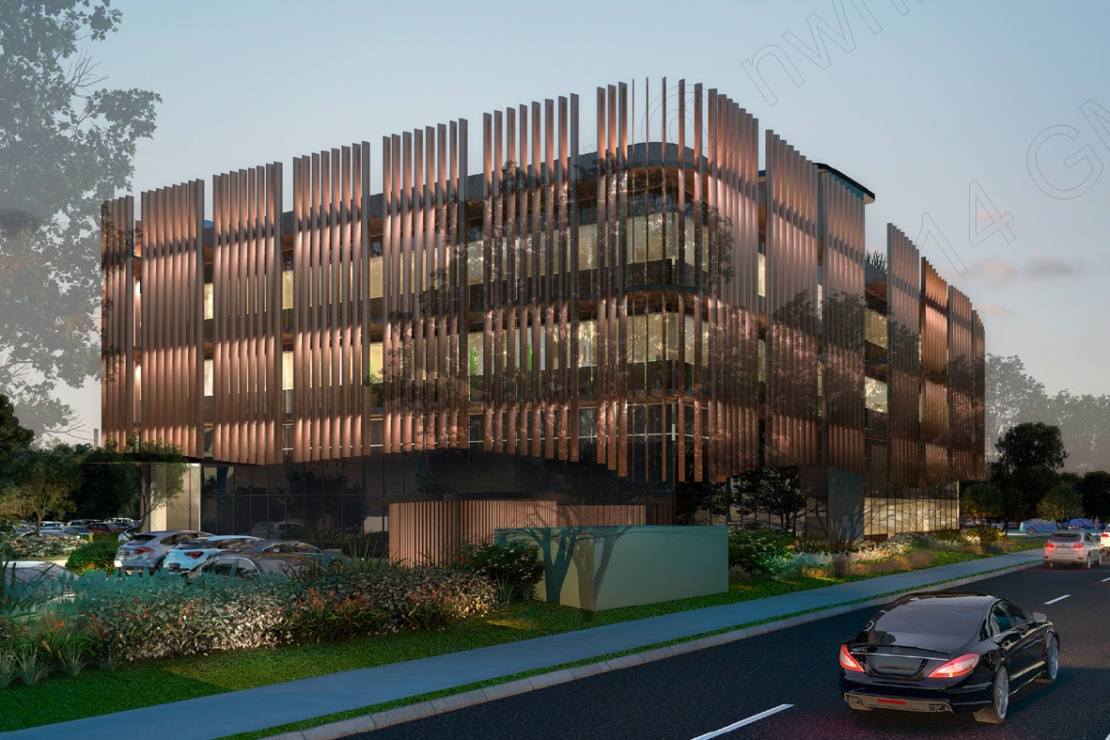Our Movers and Shakers series is spotlighting Aotearoa's leading sustainability professionals transforming the way we design, build and operate our buildings and homes. These are the people leading the charge for a more sustainable built-environment throughout Aotearoa.
Abbey Pickering
Abbey is an innovative and driven sustainability professional making her mark in the property sector. She is Sustainability Associate at Vital Healthcare Property Trust (VHP), a specialist owner of healthcare property listed on the NZX managed by Northwest Healthcare Properties Australia.
What motivates you to work in the green building space?
I’m motivated by the opportunities that not only the property and construction sector have in the green building space, but New Zealand as a whole. It’s an excellent opportunity for us to showcase our innovation and lead the space.
What practices should building owners/managers use to deliver better performance outcomes?
Decarbonisation pathways of buildings and operations is an excellent way to first understand the baseline performance of a building, then be able to develop long term strategies that will help you achieve any self-imposed targets as well as New Zealand’s commitment to the Paris Agreement. The NZGBC Embodied Carbon tool is powerful in helping to understand the full impact of your buildings from design.
How is Aotearoa doing on integrating ESG into our business practices and how can we improve?
We have certainly made moves in the past few years to integrate ESG principles into the business-as-usual operations in all sectors. The likes of the Climate Related Disclosure reporting mandate and other legislative tools have accelerated these discussions and progressed ESG from being a siloed activity. There’s always room for continuous improvement – making sure your stakeholders are included in your program as early as possible helps to make sure there is seamless integration.
Is occupancy health, well-being and productivity a key theme in the healthcare building conversation, what changes are you seeing to improve outcomes?
Yes definitely. It’s encouraging to hear conversations about improving human experiences and being able to connect enhanced infrastructure like air quality or green spaces and the well-being of occupants and patients.
What are some unique sustainability challenges that healthcare property portfolios when compared to residential or commercial?
Two distinct challenges come to mind – benchmarking tools and the nature of operations. Private healthcare properties are unique in nature, some operate as a single-tenant hospital and others as multi-tenanted medical office buildings. In some instances, energy rating tools don’t necessarily reflect the true nature of our portfolio which makes it difficult for industry comparison metrics.
Additionally, the nature of operations, to be able to provide specialised healthcare facilities many of our assets run 24/7 energy intensive operations with a crucial need to maintain energy demand. We work closely with our tenant partners to identify appropriate opportunities where energy efficient activities could be considered and implemented.
At your role as Sustainability Associate at Vital Healthcare Property Trust, submission reporting to GRESB, CDP and XRB is a key part of your job. What do you see as the benefit of sustainability reporting requirements for businesses and how they can help de-carbonise Aotearoa going forwards?
I view external reporting with a two-fold lens – you’re able to assess the movement of the industry as well as see your standing with your peers. The sustainability industry is fast paced, we follow the latest climate science along with very ambitious targets that are set at a national and global level. Being able to understand how different topics and targets are viewed across all benchmarks helps to inform long-term strategy, for example identifying and understanding nature-related impacts is an emerging theme from the release of the TNFD standards. Vital was fortunate to be recognised as a Sector Leader in the 2023 GRESB results, we know that the work doesn’t stop there and our peers are vying for the spot as hard as we seek to maintain it!
The transparency in the XRB Aotearoa Climate Standards will set a precedent for Climate Reporting Entities and New Zealand. The XRB Standards have opened the door for great industry conversations not only in understanding climate-related risks but also approaches to transitioning to a low emissions society.
What do you love about your mahi?
I love the collaboration that comes with sustainability. It’s a group effort across business divisions, companies, government, and countries! The progress New Zealand has made to date in enacting ambitious targets and influencing behaviours is testament to this.
Your favourite green building?
I’m so proud of our latest health precinct in Sydney, Macarthur Health Precinct. Stage 1 will provide cancer care and a wellness centre for the surrounding community.
When we were first involved in the project the building was registered as 5 Star Green Star Design & As-Built, our team worked in collaboration with the builders and stakeholders to define the pathway to increase the Green Star rating and was subsequently registered as 6 Star Green Star. The Precinct also is the first healthcare precinct to be registered as a Green Star Communities rating in Australia. A strong testament to the incredible work our Development Team do in striving to deliver sustainable buildings.

Macarthur Health Precinct, Sydney.
.jpg)